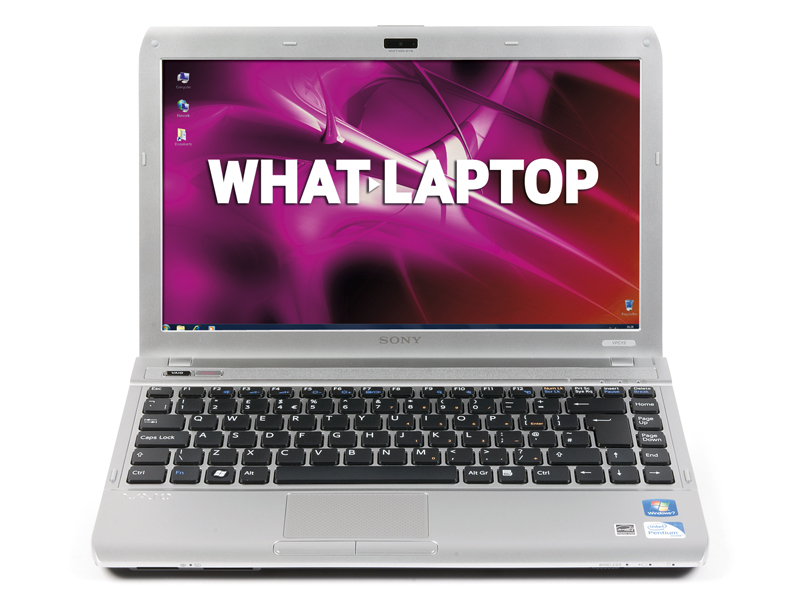Why you can trust TechRadar
The Sony VAIO VPCY is built to be portable and affordable, and unfortunately this comes at a sacrifice to performance.
Sony has used a low-voltage Intel Pentium processor as the brains of the VAIO VPCY, which is both tiny and consumes very little power when compared with standard Intel processors. This extends the battery life, and also reduces the size of the laptop as a powerful cooling system is not needed.
Of course, low voltage means that performance isn't as strong as standard Intel Pentium processors. In our benchmarking tests we found that the VAIO VPCY was more than capable of running basic office applications and browsing the web, and even some light multitasking.
But running more intensive software such as development packages tends to grind things to a halt. Games are definitely out too, with only basic or older titles able to run at a decent frame rate.
4GB DDR3
Still, the VAIO VPCY is considerably more powerful than most modern netbooks, and the 4096MB of speedy DDR3 memory is definitely not a limiting factor.
Sony has bigged up the multimedia capabilities of the VAIO VPCY, and there's no denying that it's great for watching HD films on the move – providing you don't mind the compact screen.
However, watching movies is unfortunately the limit of this laptop's multimedia potential. The simple integrated Intel GMA HD graphics card scored low in our 3D benchmarking tests, and is capable only of basic photo editing and not much more.
Professional designers would be better served by an ultraportable featuring a dedicated graphics card, such as the Sony VAIO VPCZ11Z9E/B.
Excellent battery
Although performance is limited, the low-voltage Intel Pentium processor has had a great impact on the VAIO VPCY's battery life. We managed to get 428 minutes of life from just a single charge, which beats most other ultraportables we've seen lately and is fantastic for a laptop.
Only the Asus UL20A has it truly beaten, with a mammoth 557 minutes of productivity away from the mains.
If portability is a serious priority and your budget is limited, then the Sony VAIO VPCY is a worthy choice. However, the Asus UL20A is a shade cheaper as well as having better battery life, and almost identical in weight.
On the other hand, if you want a bit more power and can afford a more expensive machine than the VAIO VPCY, there are plenty of ultraportable laptops that deliver.
The aforementioned Sony VAIO VPCZ11Z9E/B packs in an Intel Core i7 processor, 6144MB of DDR3 memory and a dedicated Nvidia graphics card, yet is just 1.4kg and still manages a respectable 285 minutes of battery life.
Fujitsu's Lifebook P770 is another great option and about a grand cheaper than the Sony VAIO VPCZ11Z9E/B. A low-voltage Intel Core i7 processor is still powerful enough for games and intensive multi-tasking, while the 1.5kg weight and 427 minutes of battery life make it effortlessly portable.
Current page: Sony VAIO VPC-Y21S1E/SI: Performance
Prev Page Sony VAIO VPC-Y21S1E/SI: Specifications Next Page Sony VAIO VPC-Y21S1E/SI: Conclusion